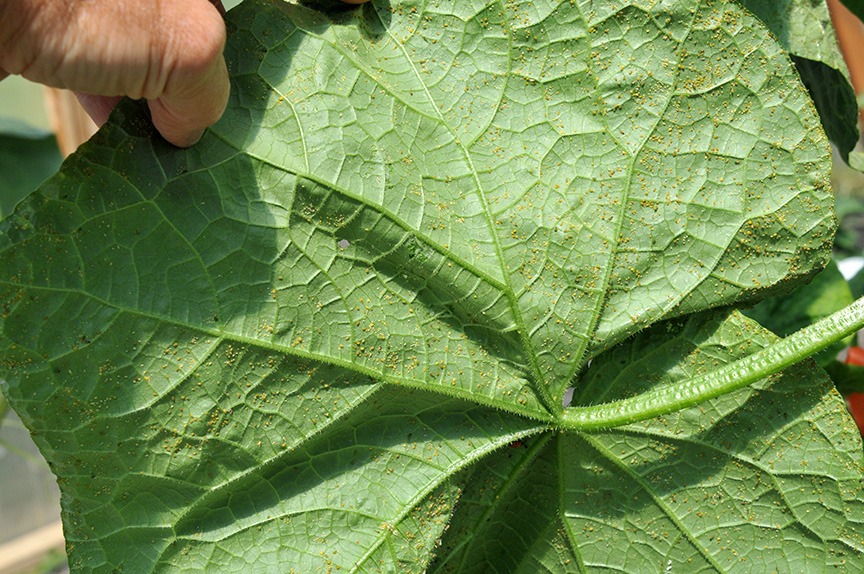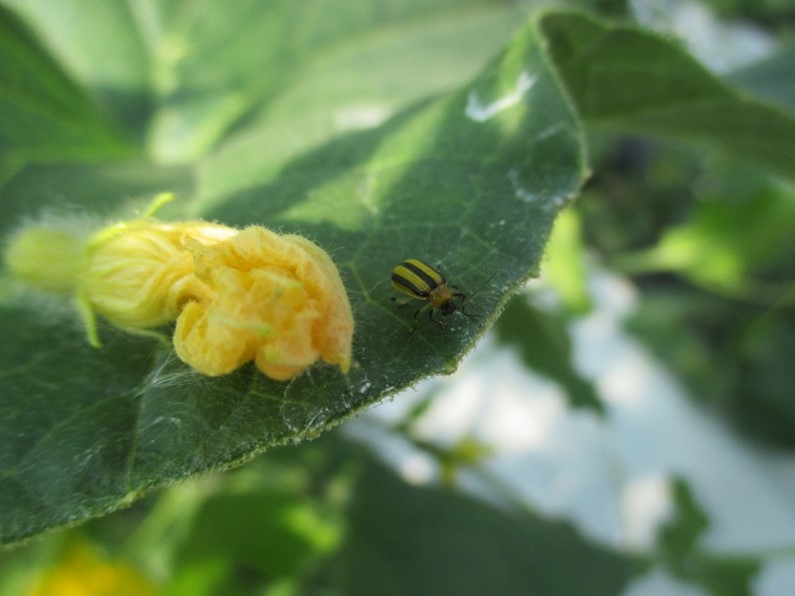Over the past two years, we’ve been testing various cucumber cultivars to see which ones are most vulnerable to pests in high tunnel systems.
We split the cucumbers into two groups based on fruit characteristics for a fair comparison.
The first group consists of pickle-type cucumbers, known for being small, blocky, and having thin skin. Examples of these include the Mini and Beit Alpha cultivars.
The second group includes slicer-type cucumbers, which are typically longer and have tougher skin. Cucumbers like Dutch greenhouse, Japanese, and American slicers belong to this category. You can find more detailed information about cucumber cultivar categories in this comprehensive guide: https://extension.entm.purdue.edu/publications/ID-521/ID-521-W.pdf.
Adding to the information presented on variety evaluations in the current guide, we evaluated 10 cultivars, 6 of which were not included in previous evaluations (Table 1). The objective of our study was to evaluate the susceptibility of these varieties to the main arthropod pests, which include twospotted spider mite (Tetranychus urticae Koch; TSSM) (Figure 2), melon aphids (Aphis gossypii Glover) (Figure 3), and striped cucumber beetle numbers (Acalymma vittatum Fabricius) (Figure 4). While we could count the absolute number of aphids and cucumber beetles, TSSM was evaluated using the Horsfall-Barratt symptom expression scale designed for plant disease evaluation.
Table 1. Cucumber cultivar details.
Table 2. Pest susceptibility findings
*High, moderate, and low classifications were determined according to statistical analyses that compared cumulative pest pressure relative to the cultivars being tested here.
In Table 2, we have summarized our pest susceptibility findings in the chart, categorizing each pest as either low, moderate, or high susceptibility. This is a relative measure of pest damage incurred throughout the growing season in contrast to the other cultivars being examined. For example, those with high TSSM ratings had significantly more mite damage than those with low TSSM ratings. When selecting cucumber varieties for your high tunnels, after choosing the fruit type that you desire, you should consider your pest pressures. We hope that this table can be useful for you in selecting varieties that are less susceptible to your most pressing issues. The best practice to manage StCB and the bacterial wilt they transmit is through the installation of exclusion netting on your tunnels. You will see that most varieties are moderately to highly susceptible to this pest. None of the varieties are resistant to bacterial wilt, so even with our category of low susceptibility, transmission of the disease is likely. The slicing varieties Itachi, Tasty Jade, Taurus, and China Long accumulated significantly less TSSM damage than the other varieties and would be recommended if mites are a persistent problem in your tunnels. If aphids are harder for you to manage, Socrates is the best slicer type, and Excelsior is the best pickle type. Regardless of your ultimate decision, we encourage you to try out something new; they are all delicious. And don’t be afraid of the white cucumber, Itachi. They are tasty and hold up well to pest damage! The variety in shape and color of the fruits are shown in Figure 4.





